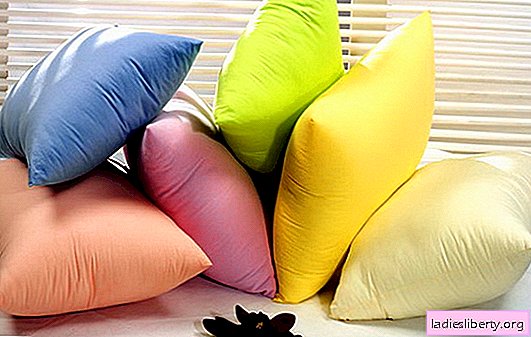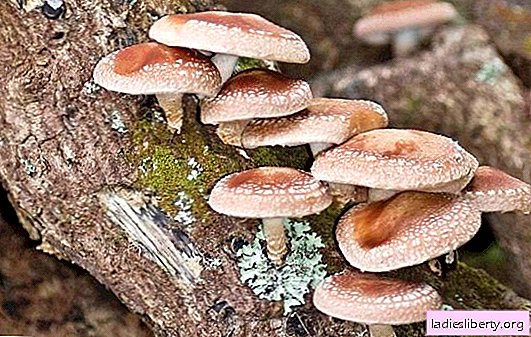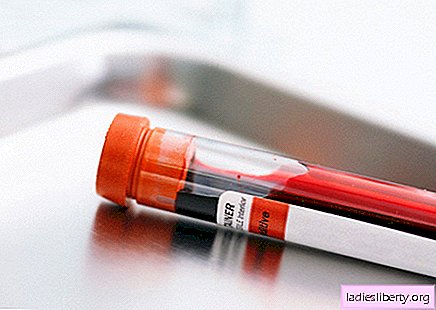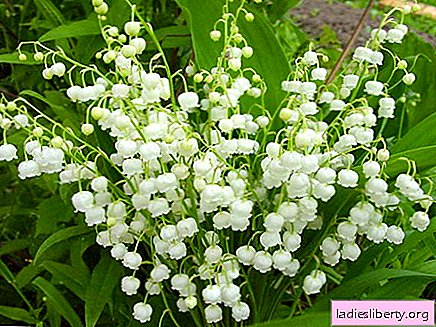
Every housewife knows that maintaining cleanliness and comfort in the house is not only an everyday duty, but also a difficult job.
Especially when it comes to things that, at first glance, are very difficult to wash.
For example, when pillows accumulate dust or get dirty over time, many people simply prefer to buy new ones.
But you can avoid unnecessary costs: for this you need to know only the type of pillow and a few simple ways to wash it.
How to wash pillows: tools and step-by-step instructions
Before washing the pillow, you should find out what material it is made of and what kind of filler is inside it. To date, the most common are three main types of pillows:
• With a natural filler (feathers, down or wool)
• With synthetic filler (synthetic winterizer, holofiber, polyester, etc.)
• Organic-filled (for example, buckwheat husk or dried herbs)
The latter type of washing is contraindicated. Such pillows over time can accumulate not only dust and dirt, but also various harmful microorganisms, so at the end of their life they need to be thrown away.
All other types of pillows can and should be washed at least a couple of times a year. This will not only give them a clean and tidy look, but also help keep them in good condition for years to come. Pillows can be cleaned either manually or with a washing machine. Each of these methods has its own step-by-step instruction.
Hand wash pillow:
1. Remove the pillowcase from the pillow. If the pillow is equipped with a special cover, it should also be removed. Pillowcases and covers are washed separately.
2. Fill the washing tub (basin or sink with a suitable size) with water. There should be enough water to completely cover the pillow.
3. Add liquid detergent to the water (one tablespoon for each pillow) and mix by hand until a small amount of foam forms.
4. Put the pillow in water and remember it carefully with your hands so that the detergent is soaked as deep as possible.
5. Rinse the pillow in plenty of running water to rinse as much detergent as possible.
6. Dry the pillow by leaving it on a clean, dry towel in the open. Under the sun, the pillow will dry out much faster.
7. Make sure the pillow is completely dry. Residual moisture after washing can cause mold inside the pillow.
Washing pillows in a washing machine:
1. Remove the pillowcase or cover from the pillow.
2. Put the pillow in the washing machine. In order not to damage it, try to stack at least two pillows, thereby balancing the drum.
3. Add as much detergent to the machine as you would for normal washing. For white pillows, you can add bleach in a ratio of one to one.
4. Run the wash program. Wash in warm water with at least two rinse cycles.
5. Put the pillows in the dryer and turn on the “air” program for natural filler or “mild heat” for synthetic. To better fill the dryer, you can put a couple of tennis balls in it in separate clean socks.
6. Remove the cushions from the dryer and make sure they are dry. If moisture is still present, a second cycle can be started.
How to wash pillows from down and feather
Feather and down pillows have long come into use due to their softness, simplicity and naturalness. Often they are passed down from generation to generation, and their service life can be unlimited. Therefore, it is quite difficult to remove dust and dirt accumulated over the years at home. A heavily soiled pillow with a natural filler is best given to a specialized laundry, where it will be cleaned with special equipment, as well as irradiated with ultraviolet light, destroying all harmful microorganisms.
Wash pillows from down and feather at home is much more difficult, because for this they need to be disassembled into parts. At first, one of the seams is neatly unzipped on the napkin so that the filler does not fly apart. Then the filler removed from the pillow is divided into several equal parts and packed in some covers (for example, in old pillowcases). You can wash packed fluffs and feathers with your hands or in the washing machine. The optimum temperature for washing water is 30 ° C. Liquid detergents for woolen fabrics are best suited for cleaning pillows.
After washing, it is necessary to dry the filler properly by spreading it on a sheet or large towel and curling it up. Then it needs to be packed in covers and laid out in the open air, periodically shaking and mixing. Only after complete drying, the filler can again be transferred back to the bed and sewed at the seam.
How to wash pillows from synthetic winterizer and holofiber
Pillows made of synthetic material can be cleaned at home without undue hassle. As a rule, instructions for washing such pillows are indicated on their labels.
Most often, manufacturers recommend using liquid detergents and a temperature of no higher than 40 ° C.
Since synthetic materials absorb water well, it is better to set up a program for the washing machine, which includes additional rinsing and spinning at the maximum number of revolutions.
Dry such pillows in the open air or in a well-ventilated area.
How to wash pillows and not ruin them
In order to increase the life of any pillow, you need to not only know how to wash the pillows, but also to properly care for them. Here are some simple tips to keep pillows for years to come:
• Wash pillows at least two to three times a year.
• If the pillow with synthetic filler is folded in half, and it does not return to the opposite position, then the material from which it is made has lost elasticity. Such a pillow can no longer be used.
• Washing pillows is a complex and time-consuming process that requires attention and time. It is better to set aside an entire day for this, in order to control the washing at each stage.
• Decorative cushions are cleaned like regular pillows. To wash them, you only need to remove the cover.











